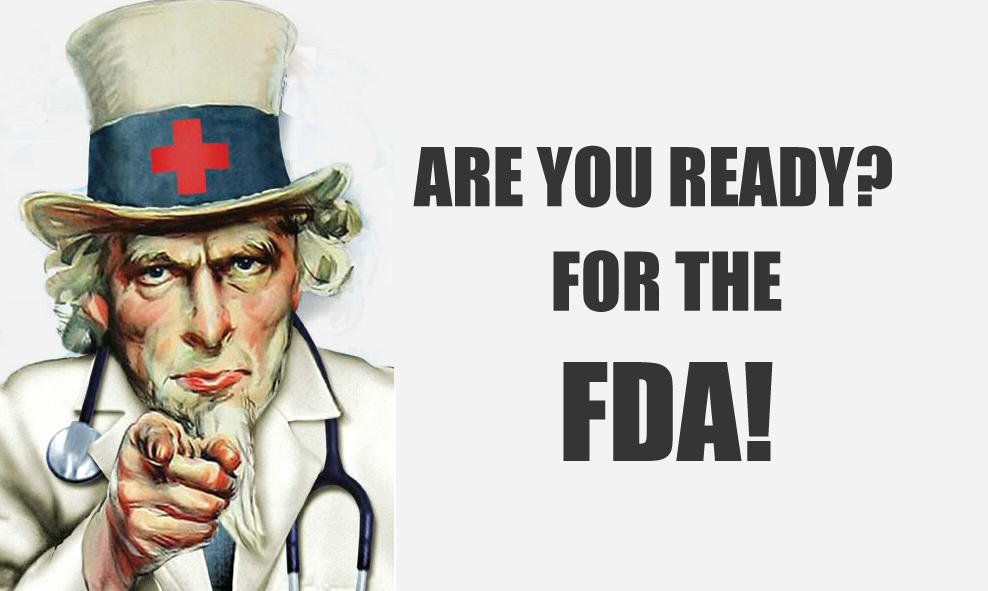Mobile Healthcare Regulation - Are We Ready?
With FDA guidelines on mobile medical apps due this Fall, is pharma ready for the tighter regulation to come?

It’s nearly a month since President Obama’s 9th July legislation that meant the FDA could continue developing mHealth guidelines, paving the way for tougher regulation of the mobile healthcare market. So, with the time for the release of these guidelines expected to be as soon as this Fall, is the pharma industry prepared?
This was a question that was repeatedly addressed at the Fourth Annual mHealth World Congress in Boston last week. Somespeakersfeared that the FDA guidelines might impose undue burden and stifle innovation; some speakers, including Joseph Smith, chief medical and science officer for the WestWirelessHealthInstitute,welcomed the move, believing that the prevailing sense of uncertainty surround what pharma can and can’t do has in fact stifled growth anyway.
But whether or not we like it, regulation is coming, and there’s little use moaning about it. So with this in mind, it makes sense to consider the FDA’s interim guidance as a helpful pointer towards what the likely focus of the final report, and ensuing regulations will be.
The good news is, the FDA’s focus on mHealth apps is on patient safety - so says Bakul Patel, a policy adviser for the FDA's Center for Devices and Radiological Health. So this means that much of the guidance really will come down to common sense: if an app could, used incorrectly, potentially harm a patient, you can expect the FDA to be stepping in.
Indeed, according to Brad Merrill Thompson, general counsel for the mHealth Regulatory Coalition and counsel for the Continua Health Alliance, the final report, due within the next 17 months, will in reality only be concerned with a small fraction of mobile medical apps - those that assist with clinical decisions and those that enable an app to be used as a medical device. To put this in perspective, according to an in-house study of 100 mobile health apps found on iTunes, Thompson’s team found that only 8% definitely needed regulation.
There is, however (isn’t there always?) a caveat to this: while 56% of the apps analyzed wouldn’t need regulation, 36% fell into a grey area, where individual decisions would have to be made. What is particularly noteworthy about these ambiguous apps, is that many of them triggered alarm-bells because of the language being used: ‘improve’ and ‘monitor’ are OK, but once you start moving into ‘diagnosis’ territory, you’re in no-man’s land.
So this is a key thing to consider when we start producing all the lovely apps that will help pharma move their business models into the 21st century: language is not window-dressing. It is absolutely integral to your app’s offering. Even if your app seems blameless, if a patient could potentially feel that they have been diagnosed by it, and therefore not go to a doctor when they should, or treat whatever they have incorrectly, this is problematic. So language should be considered from the early stages of app development. It should not be an explanatory afterthought; it should help to shape your app’s development. The FDA guidelines, expected in a few short months, will serve as a clear indicator of what to expect from the final report 17 months from now. The clue, as always, is in the title, use the FDA’s recommendations as “guidelines” in developing your mobile app.
One of the positives of the FDA guidelines will be that apps that pass the test will be able to stand out from the crowd - and with the crowd currently standing at over 13,000 apps, that’s an advantage not to be sniffed at. Not only this, but an FDA seal of approval could widen the field of patients who are willing to download apps - those who are currently (and, let’s face it, not entirely illogically) suspicious of mHealth apps, could be beckoned into the warm embrace of the digital health-world by the friendly arms of the FDA.
So, pharma, let’s get ready for the Fall, because like it or not it’s going to be app-ening.
